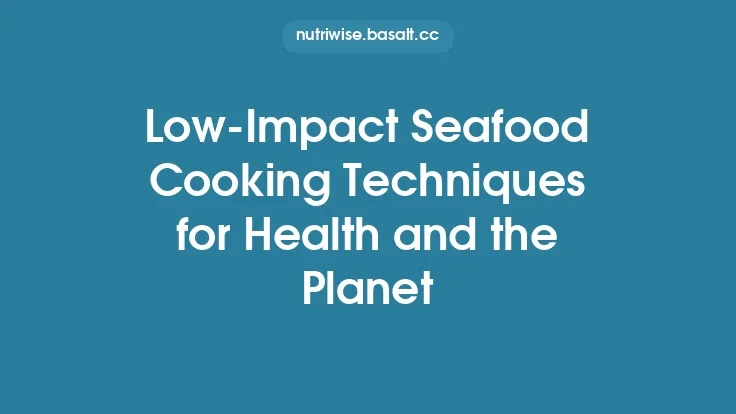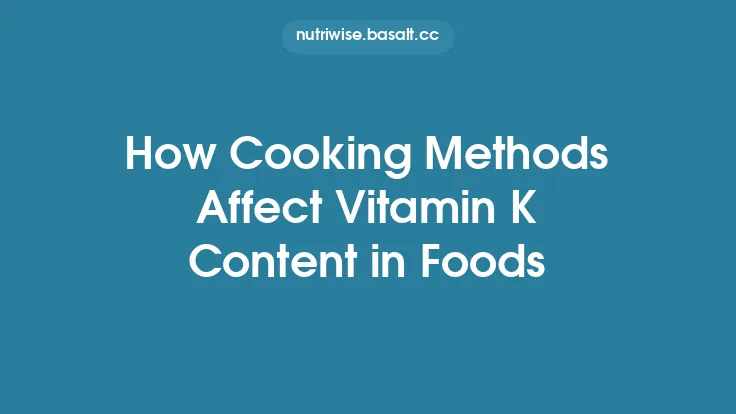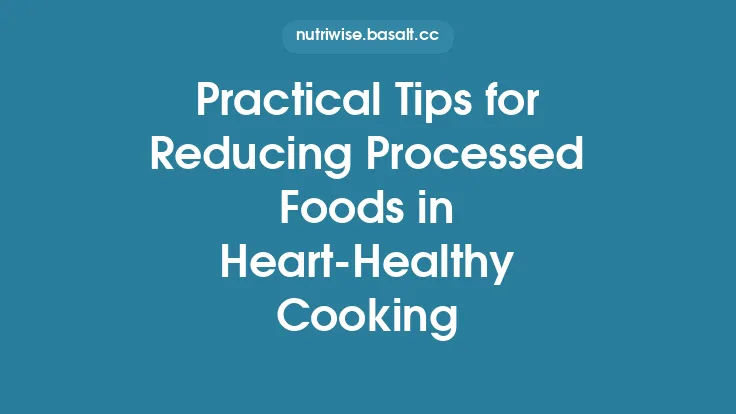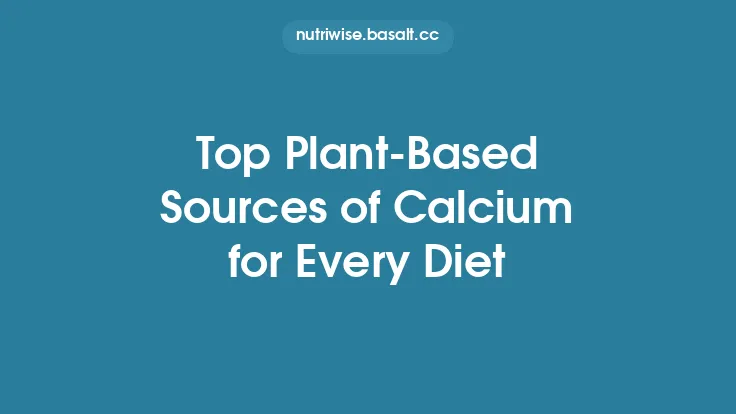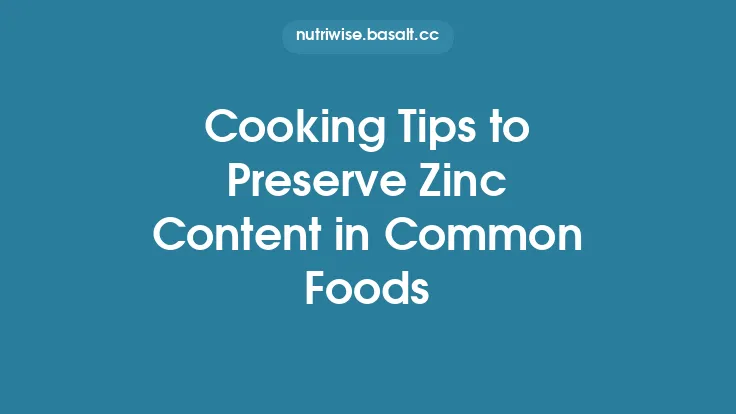Low‑impact cooking methods prioritize minimal energy consumption, reduced water usage, and preservation of the natural qualities of plant‑based foods. By selecting techniques that require less heat, shorter cooking times, or more efficient heat transfer, home cooks can enjoy nutritious meals while lessening their environmental footprint. Below is a comprehensive guide to the most effective low‑impact methods, practical tips for implementation, and considerations for choosing the right approach for different ingredients.
Understanding Low‑Impact Cooking
Low‑impact cooking is defined by three core principles:
- Energy Efficiency – Using the least amount of electricity, gas, or other fuels to achieve the desired result. This often means selecting methods that transfer heat quickly or that operate at lower temperatures.
- Water Conservation – Limiting the volume of water required for cooking, whether by using steam, minimal‑boil techniques, or reusing cooking liquids.
- Equipment Optimization – Leveraging tools that maximize heat transfer (e.g., pressure cookers, induction stovetops) and that have a small thermal mass, so they heat up and cool down quickly.
When applied to plant‑based foods, these principles also help retain texture, color, and flavor, making the resulting dishes both sustainable and satisfying.
Steaming: A Gentle, Energy‑Efficient Technique
Why it’s low‑impact
Steaming uses the latent heat of vaporization, which requires less energy than boiling a large volume of water. A tightly sealed steamer basket captures steam, allowing the heat to circulate efficiently around the food.
Best‑fit foods
- Cruciferous vegetables (broccoli, cauliflower, bok choy)
- Leafy greens (spinach, kale)
- Delicate fruits (apples, pears) for desserts or sauces
Practical tips
- Use a tiered steamer: Stack multiple layers to cook several items simultaneously without increasing energy use.
- Cover tightly: A well‑fitted lid reduces steam loss, cutting cooking time by up to 20 %.
- Pre‑heat the water: Starting with hot water shortens the time needed to generate steam.
Energy comparison
A typical electric steamer (≈600 W) can steam a cup of vegetables in 5–7 minutes, consuming roughly 0.05 kWh—significantly less than a stovetop pot that may require 1 kW for 10 minutes.
Microwaving: The Quickest Way to Heat
Why it’s low‑impact
Microwaves directly excite water molecules within the food, eliminating the need to heat a surrounding medium. This results in the shortest cooking times and the lowest energy draw.
Best‑fit foods
- Pre‑cut vegetables for quick reheating
- Whole‑grain kernels (e.g., quinoa, millet) when pre‑soaked
- Fruit compotes
Practical tips
- Use microwave‑safe containers: Glass or ceramic retain heat better than plastic, reducing the required power level.
- Stir halfway: Even distribution of microwaves prevents cold spots and ensures uniform cooking.
- Cover loosely: A vented lid traps steam, cooking food faster while preventing splatter.
Energy comparison
A 900 W microwave cooking a cup of vegetables for 3 minutes uses about 0.045 kWh, comparable to steaming but with a fraction of the water usage.
Pressure Cooking: Harnessing Steam Under Pressure
Why it’s low‑impact
Pressure cookers raise the boiling point of water to 115–120 °C, allowing foods to cook faster and with less water. The sealed environment also recaptures steam, making the process highly efficient.
Best‑fit foods
- Root vegetables (carrots, sweet potatoes)
- Whole grains (brown rice, barley)
- Tougher greens (collard greens, mustard greens)
Practical tips
- Use the minimum water: Just enough to generate steam (usually 1‑2 cups for a 6‑quart pot).
- Release pressure naturally for delicate items to avoid over‑cooking.
- Batch cook: Prepare large quantities and store for later use, reducing the need for repeated heating cycles.
Energy comparison
A 1‑liter electric pressure cooker (≈800 W) can cook brown rice in 15 minutes, using roughly 0.2 kWh—far less than the 0.5 kWh required for conventional stovetop simmering.
Sous‑Vide: Precise Low‑Temperature Cooking
Why it’s low‑impact
Sous‑vide involves sealing food in a vacuum bag and immersing it in a water bath set to a precise temperature, often just above the food’s final serving temperature. Because the water bath stays at a constant, relatively low temperature, the energy draw is steady and modest.
Best‑fit foods
- Firm vegetables (asparagus, carrots) cooked to retain crunch
- Fruit purées for desserts
- Pre‑cooked plant‑based proteins (to reheat without drying)
Practical tips
- Batch seal: Cook multiple portions in one water bath to maximize the energy spent on a single heating cycle.
- Insulate the bath: Use a lid or a thermal blanket to reduce heat loss.
- Recycle the water: After cooking, the water can be used for cleaning or as a base for soups, minimizing waste.
Energy comparison
A typical immersion circulator (≈300 W) running for 1 hour consumes 0.3 kWh, but the low temperature (often 80–85 °C) means the overall heat loss to the environment is minimal compared with boiling water.
Sautéing with Minimal Oil and Heat
Why it’s low‑impact
When done correctly, sautéing can be performed at medium heat with a small amount of oil, completing the cooking process quickly. Using a well‑seasoned cast‑iron or stainless steel pan improves heat distribution, reducing the need for high temperatures.
Best‑fit foods
- Thinly sliced vegetables (zucchini, bell peppers)
- Quick‑cooking greens (arugula, watercress)
- Aromatics (garlic, ginger) for flavor bases
Practical tips
- Pre‑heat the pan: A hot pan allows food to sear instantly, cutting cooking time.
- Use a spray bottle: Distribute oil evenly without excess.
- Cover briefly: Trapping steam can finish cooking without additional heat.
Energy comparison
A 1500 W induction cooktop set to medium (≈50 % power) for 5 minutes uses about 0.125 kWh—still lower than prolonged boiling or deep‑frying.
Raw and Minimal‑Processing Techniques
Why it’s low‑impact
Raw preparations eliminate the need for external heat altogether, removing any energy consumption beyond basic refrigeration. Techniques such as spiralizing, marinating, and dehydrating at low temperatures preserve the food’s natural state while adding texture and flavor.
Best‑fit foods
- Zucchini noodles, carrot ribbons, cucumber ribbons
- Marinated mushrooms, artichoke hearts, olives
- Dehydrated fruit chips (using a low‑temp dryer)
Practical tips
- Invest in a quality mandoline or spiralizer: These tools reduce prep time and improve uniformity.
- Use acid‑based marinades: Lemon juice or vinegar can “cook” vegetables like cabbage (as in coleslaw) without heat.
- Batch dehydrate: A single drying cycle can produce enough snacks for a week, spreading the energy cost.
Energy comparison
The only energy used is for refrigeration (≈0.1 kWh per day for a typical fridge) and, if applicable, a dehydrator (≈400 W for 6 hours = 2.4 kWh) – but this is offset by the ability to store foods long‑term without additional cooking.
Choosing the Right Method for Each Ingredient
| Ingredient Type | Recommended Low‑Impact Method | Reasoning |
|---|---|---|
| Leafy greens (spinach, kale) | Steaming or quick sauté | Retains color, minimal water |
| Root vegetables (carrots, beets) | Pressure cooking or sous‑vide | Softens efficiently without excess water |
| Delicate fruits (berries, stone fruit) | Microwaving (short bursts) or raw | Prevents breakdown, preserves flavor |
| Starchy vegetables (potatoes, squash) | Pressure cooking or steaming | Reduces cooking time, conserves water |
| Crunchy vegetables (bell peppers, snap peas) | Stir‑fry with minimal oil | Quick high‑heat sear preserves crunch |
| Whole grains (farro, millet) | Pressure cooking or sous‑vide | Cuts simmer time dramatically |
Environmental Impact Metrics
To quantify the benefits, consider the following average figures for a typical household preparing 500 g of mixed vegetables per day:
| Method | Energy Use (kWh) | Water Use (L) | CO₂e (kg)* |
|---|---|---|---|
| Boiling (large pot) | 0.45 | 3.5 | 0.30 |
| Steaming (electric) | 0.05 | 0.5 | 0.03 |
| Microwaving | 0.045 | 0.1 | 0.03 |
| Pressure cooking | 0.20 | 0.3 | 0.13 |
| Sous‑vide (1 h) | 0.30 | 0.2 | 0.20 |
| Raw (no heat) | 0.00 | 0.0 | 0.00 |
\*CO₂e calculated using average grid emission factor of 0.67 kg CO₂/kWh (U.S. residential average).
These numbers illustrate that even modest changes—switching from boiling to steaming—can slash both energy consumption and associated greenhouse‑gas emissions by more than 80 %.
Practical Kitchen Set‑Up for Low‑Impact Cooking
- Compact Induction Cooktop – Heats instantly, offers precise temperature control, and uses only the energy that reaches the pan.
- Multi‑Tier Steamer Insert – Fits inside a pot or electric steamer, allowing simultaneous cooking of several items.
- Electric Pressure Cooker – A 6‑quart model covers most household needs without the safety concerns of stovetop pressure pots.
- Immersion Circulator – For sous‑vide, a 300‑W unit is sufficient for small‑batch cooking.
- Microwave with Sensor Cooking – Automates timing based on moisture loss, preventing over‑cooking.
- Reusable Vacuum Bags or Silicone Pouches – Reduce single‑use plastic while enabling sous‑vide and marinating.
Arrange these tools within easy reach of the prep area to minimize movement and keep cooking times short.
Tips for Maximizing Efficiency
- Plan ahead: Group ingredients that share the same cooking method to avoid multiple heating cycles.
- Utilize residual heat: After turning off a stove or induction zone, keep the lid on for a few minutes; the retained heat can finish cooking delicate items.
- Batch cook grains and legumes: Store them in the refrigerator or freezer; reheating with a microwave or quick steam uses far less energy than cooking from scratch each day.
- Recycle cooking water: Use the water from steaming or boiling as a base for soups or sauces (while staying clear of the “nutrient retention” focus of other articles).
- Monitor power usage: Smart plugs can track kWh per cooking session, helping you identify the most energy‑hungry habits.
Conclusion
Low‑impact cooking methods empower plant‑based home chefs to create delicious, health‑supportive meals while reducing their environmental footprint. By selecting techniques such as steaming, microwaving, pressure cooking, sous‑vide, quick sautéing, and raw preparations, you can dramatically cut energy and water use without sacrificing flavor or texture. Implementing the practical tips and kitchen setup outlined above will make sustainable cooking a seamless part of everyday life, turning every meal into an opportunity to nourish both body and planet.
